SetonixSynth Macropod Handleiding
SetonixSynth
Niet gecategoriseerd
Macropod
Bekijk gratis de handleiding van SetonixSynth Macropod (4 pagina’s), behorend tot de categorie Niet gecategoriseerd. Deze gids werd als nuttig beoordeeld door 278 mensen en kreeg gemiddeld 4.9 sterren uit 139.5 reviews. Heb je een vraag over SetonixSynth Macropod of wil je andere gebruikers van dit product iets vragen? Stel een vraag
Pagina 1/4

Macropod Variable Bandwidth VCF User’s Manual - Eurorack
Copyright 2022 SetonixSynth. All rights reserved.

Hello and thank you for using the Macropod Variable Bandwidth VCF for Eurorack modular. We hope you
will find its tones most pleasing!
Technical Specifications (Eurorack standard)
Width: 10hp
Depth: 25mm
Peak Current Draw: 52mA @ +12V, 54mA @ -12V
1. Connecting your Macropod
Connect a power cable to the pin header at the top of the Macropod pcb. The -12V side of the connector
must be aligned with the silkscreen stripe indicator for proper use. This module is reverse diode
protected, but it is still not recommended that you plug it in backwards to see what happens.
2. Theory of Operation
Macropod signal routing, simplified
This module uses the AS3350 Dual VCF chip, a reissue of the CEM3350 designed by Doug Curtis and
used in a few 80s synthesizers. This is our second design using this IC, coming after the Marsupial Dual
VCF for Eurorack. While that design highlights the chip’s rich sound and resonant characteristics, the
Macropod leverages its versatility to create a space-friendly and highly-functional Variable Bandwidth
VCF with several features previously excluded from the two best-known filters of this type (the Serge
VCF2 and Buchla 291): Resonance control, onboard Notch output, and a “squared-off” distorted output.
In this design, a two-channel audio mixer sums Audio In A and Audio In B and routes the mix to half of the
chip, which is configured in High Pass/Band Pass mode. These two outputs are directly accessible. The
High Pass output is then routed to the input of the chip’s other half, configured as a Low Pass/Band Pass
filter. This filter’s Low Pass output creates our Variable Bandwidth A output via the master Bandwidth

control, which introduces an inverted voltage to both filters to control their distance from the center Cutoff
(e.g. a positive voltage input to the Bandwidth CV jack will simultaneously increase the cutoff frequency of
the Low Pass Filter section and decrease the cutoff frequency of the High Pass Filter section in equal
amounts).
This filter takes the concept further, however! In traditional filtering, summing a phase-inverted Band Pass
signal with the filter input creates a Notch filter, and the concept works well with this filter’s Variable
Bandwidth output. In this case, the inverted input is summed with the regular Variable Bandwidth A output
and then the mix is inverted again; this nominally produces a Notch or Band Reject output which is in
phase with the input but a phase-canceled version of VBW A. As such, with the Variable Bandpass Filter
fully “open” (Cutoff Frequency knob in center, Bandpass knob fully clockwise), the Notch output will be
almost entirely silent due to full phase cancellation of the input signal.
We also added a transistor-based switching circuit through which the Variable Bandwidth A signal is
routed, which creates the Variable Bandwidth B output. This simple circuit is lovely for creating electric
guitar or bowed cello sounds, or can approximate the sound of Pulse-Width Modulation in some
configurations. This functionality was inspired by the lovely aggressive sounds of the bottom section of
the Serge Wave Multipliers module, though the circuit itself is entirely different.
3. Summary of Functions
Cutoff Frequency: Sets the central frequency of the filter relative to the cutoffs of each filter section.
Bandwidth: Manual control of the Bandwidth of Variable Bandwidth A and B where CW = greater
bandwidth up to approx. 8 octaves at Maximum setting.
Resonance: Controls the Resonance/Q setting of both filters simultaneously.
Freq CV: Input for Cutoff Frequency CV. The adjacent knob is an attenuverter capable of providing up to
+/-1x gain, the output of which is then added to the Cutoff Frequency knob setting.
Res CV: Input for Resonance CV. The adjacent knob is an attenuverter capable of providing up to +/-1x
gain, the output of which is then added to the Resonance knob setting.
BW CV: Input for Bandwidth CV. The adjacent knob is an attenuverter capable of providing up to +/-1x
gain, the output of which is then added to the Bandwidth knob setting.
1V/Oct :↑Un-attenuated CV input which (only) controls the cutoff of the High Pass filter section.
1V/Oct ↓: Un-attenuated CV input which (only) controls the cutoff of the Low Pass filter section.
A-Audio In-B: Unity Gain audio inputs. These two inputs are summed before passing to the input of the
first filter stage.
HP Out: 12dB/Oct High Pass Filter output. The cutoff of this output is controlled by the master Cutoff
Frequency, Bandwidth, and 1V/Oct ↑ controls.
BP Out A: Output of the first Band Pass Filter. The central frequency of this filter output is the same as
HP Out and Bandwidth can not be varied.
BP Out B: Output of the second Band Pass Filter. The central frequency of this filter output is the same
as the Low Pass Filter which forms the final stage of the Variable Bandwidth A output, and can be
controlled directly via the 1V/Oct ↓ control input.
Notch Out: Output of the Notch Pass Filter, produced by summing the Variable Bandwidth A output with
the inverted Audio input post-Mixer section. This output will cancel the phase of frequencies within the
bandwidth of the Variable Bandwidth A output effectively with Resonance turned fully CCW, while
boosting those frequencies more and more as Resonance setting is increased.
Product specificaties
| Merk: | SetonixSynth |
| Categorie: | Niet gecategoriseerd |
| Model: | Macropod |
Heb je hulp nodig?
Als je hulp nodig hebt met SetonixSynth Macropod stel dan hieronder een vraag en andere gebruikers zullen je antwoorden
Handleiding Niet gecategoriseerd SetonixSynth

3 Maart 2025

3 Maart 2025

3 Maart 2025

8 Juli 2023

5 Juli 2023

4 Juli 2023

2 Juli 2023

30 Juni 2023

25 Juni 2023

24 Juni 2023
Handleiding Niet gecategoriseerd
- Nolte
- Gigabyte
- Yato
- Pylontech
- Spear & Jackson
- Bradley
- Stenda
- LERAN
- Enerdrive
- Forge Adour
- Xtreme
- Boori
- Trident
- Dateq
- Helight
Nieuwste handleidingen voor Niet gecategoriseerd
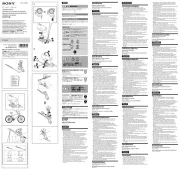
16 September 2025
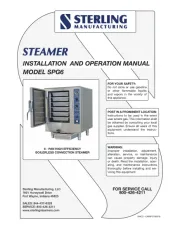
16 September 2025

16 September 2025
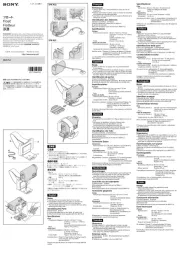
16 September 2025
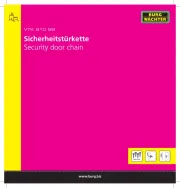
16 September 2025
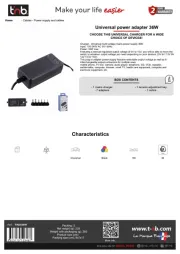
16 September 2025

16 September 2025
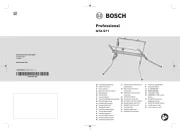
16 September 2025
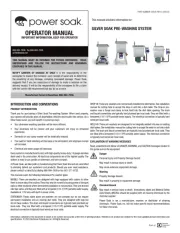
16 September 2025
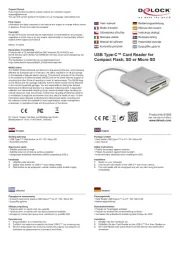
16 September 2025